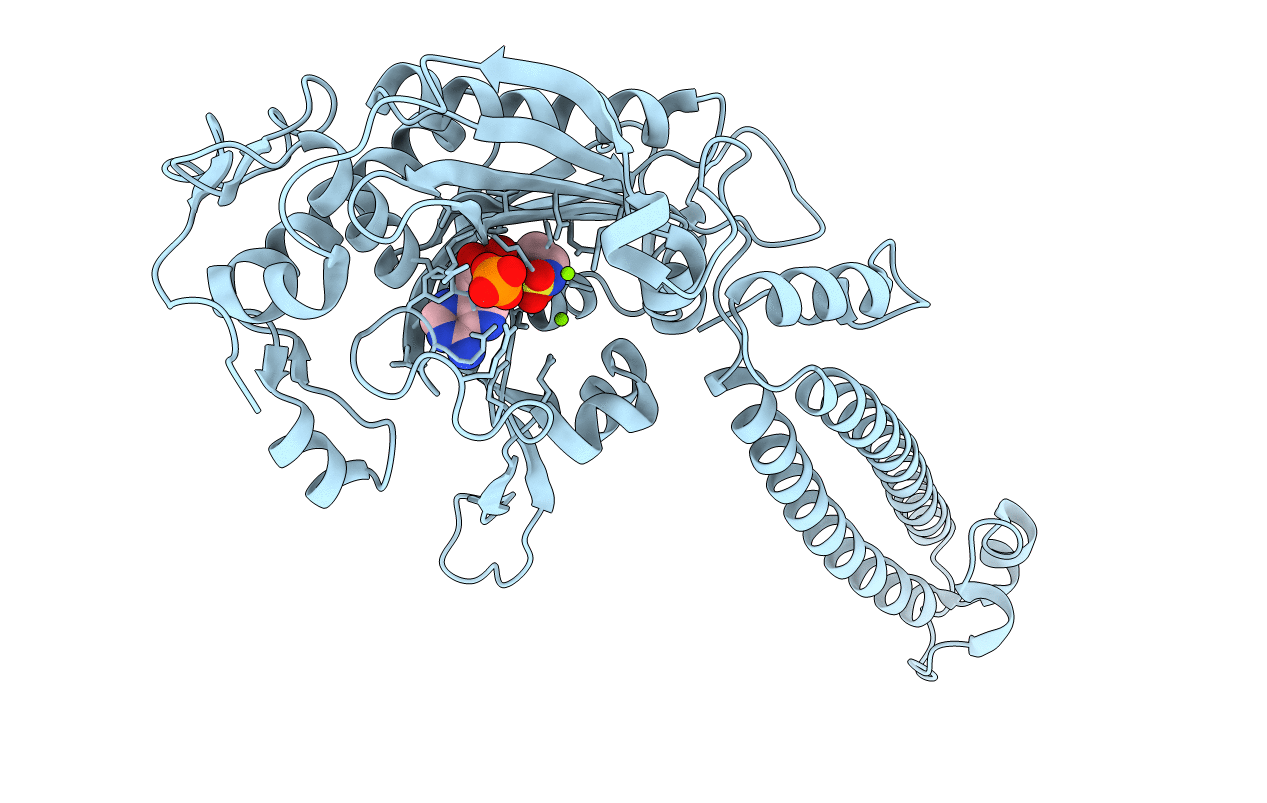
Deposition Date
2013-06-16
Release Date
2013-10-02
Last Version Date
2023-09-20
Entry Detail
PDB ID:
4L87
Keywords:
Title:
Crystal structure of the human seryl-tRNA synthetase in complex with Ser-SA at 2.9 Angstrom resolution
Biological Source:
Source Organism:
Homo sapiens (Taxon ID: 9606)
Host Organism:
Method Details:
Experimental Method:
Resolution:
2.90 Å
R-Value Free:
0.26
R-Value Work:
0.25
R-Value Observed:
0.25
Space Group:
P 3 2 1


